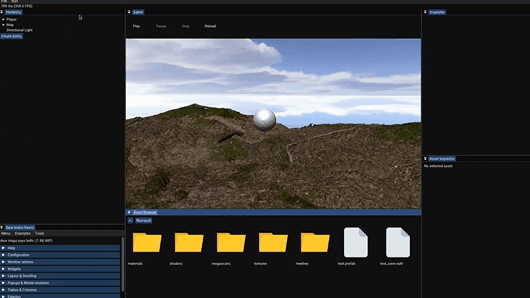
Hi, my name is Brandon Shihabi! I'm a software engineer specializing in low-level programming, particularly game engines and rendering. I am currently studying Computer Science at UCLA and have professional experience working on AAA games and graphics tech.
This summer, I worked as the Core Rendering Intern at Insomniac Games working on Wolverine and other Insomniac titles. I worked on our proprietary game engine developing new mesh shading pipelines from scratch for the PS5 to support compression and fine-grained culling. I also helped the team ship Marvel's Spider-Man 2 in the summer of 2023 working on performance optimizations and bug fixes to help get the game ready for gold and reviewer patch.
This winter, I'm working as a Graphics Engineering Intern in Apple GPU on the Core Animation team who is responsible for the display server and compositing for macOS and iOS. The focus of my work is primarily on frame pacing for games. And previously, during the winter of 2024, I worked on the Metal Ecosystems team at Apple where I helped external game developers port their games and engines. I worked with the Metal graphics API and implemented an HDR pipeline.
In my spare time I have developed my own personal engine projects, including a D3D12 renderer that supports real-time ray-traced global illumination and a Vulkan game engine for Linux.






